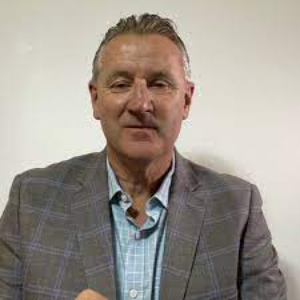Title : Recanalization of the Superior Vena Cava and its tributaries in patients requiring Chronic Venous Access or Pacemaker insertion, techniques, tips, and safety
Abstract:
geles, CA 90095 This presentation will deal with patients whose supradiaphragmatic veins have been compromised, usually because of prior prolonged venous access, or other interventions (pacemaker wires). Many of these patients have need for continued catheterization, or placement of new pacer wires. These patients frequently present having undergone multiple procedures and placement of venous access in other sites, such as the femoral veins or even directly into the Inferior Vena Cava. These alternative access sites are problematic, cause infectious complications and are not optimal for long term use. In these patients we perform cross-sectional imaging of the Chest, either contrast CT or MR Venograms. Following this patients are accessed below the diaphragm, either through the Femoral to IVC route, or through the Hepatic Veins. The veins in the upper chest are recannalized and access obtained from either side of the neck, usually right side for venous access and left side for pacer placement. Audience Take Away: • This presentation is designed to allow physicians, nurse practitioners and nurses to incorporate these techniques into their daily practice, almost immediately. The techniques described are easily applicable by any interventionalists, and even some of the more advanced cases can be performed subsequent to learning these basic steps. • These techniques have been developed from multiple procedures in over 200 patients, and these can be adapted to develop the operators own teaching techniques. There is great scope for novel devices to be developed to make these techniques even simpler.



